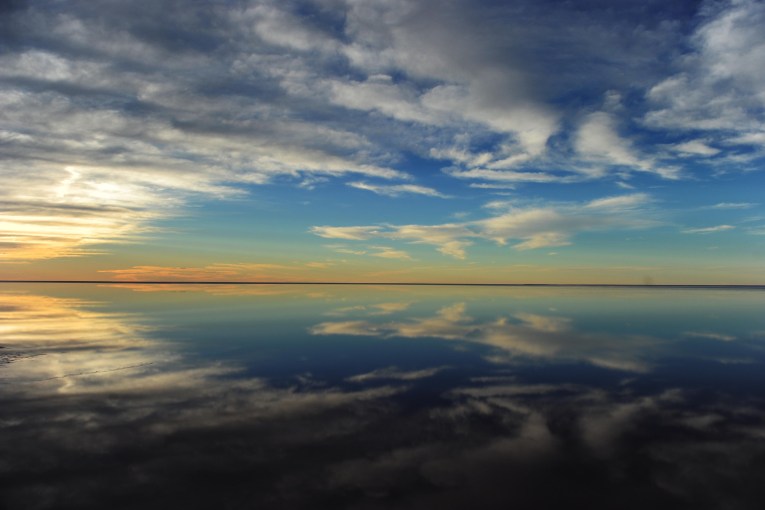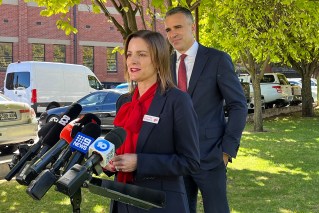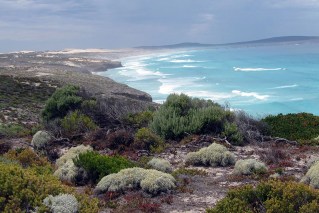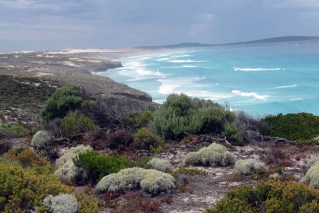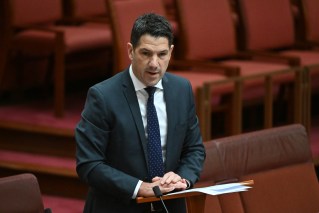SA premier to check storm damage
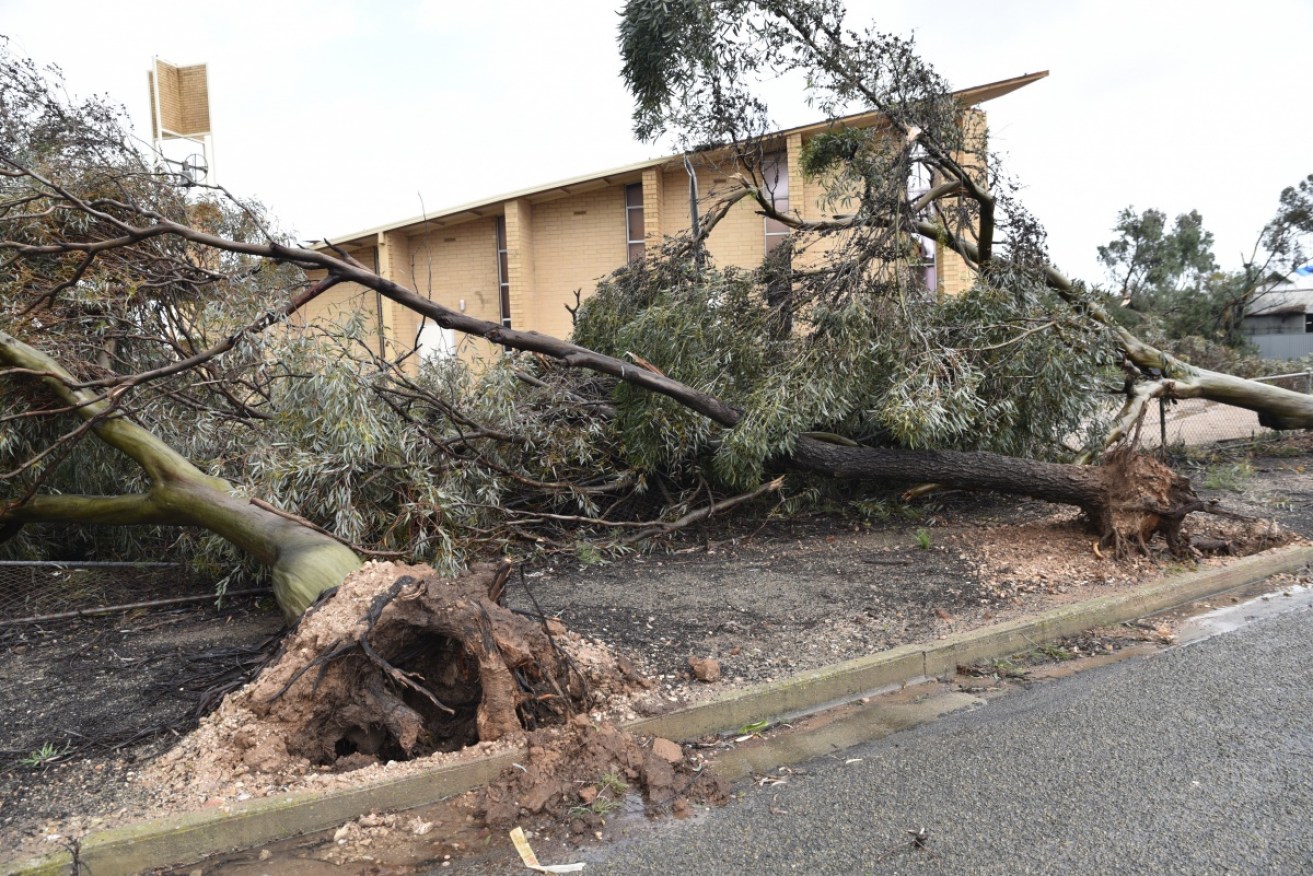
Uprooted trees near a damaged church in Blyth ... South Australia is coming back to life after the devastating storm. Photo: AAP/David Mariuz
South Australian Premier Jay Weatherill is expected to visit the state’s mid-north to see the damage caused to the region’s electricity infrastructure and speak with locals affected most by Wednesday’s big blackout.
His trip on Friday comes as the state emerges from two days of wild weather which caused widespread flooding, with scores of rivers breaking their banks and storm surges inundating coastal regions.
Destructive winds also brought down trees across a wide area and ripped some buildings apart.

A church in Blyth ripped apart in the storm. Photo: AAP/David Mariuz
Some of the worst-hit areas were the Clare Valley, north of Adelaide, where the town of Sevenhill was under threat with concerns a nearby dam would burst, and Langhorne Creek, south of Adelaide, which was cut off by rising floodwaters late on Thursday.
The intense low pressure system that smashed SA was packing winds of up to 140km/h, among the strongest the city has experienced, prompting an unprecedented warning from police for workers to head home early and stay home amid concerns emergency services might not be able to cope.
By late Thursday 30,000 properties remained without power. The State Emergency Service had responded to 1500 calls for help in the past 48 hours.
Wednesday’s blackout was caused when ferocious winds ripped up more than 20 transmission towers in the mid-north, taking out three of the state’s four major transmission lines.
Mr Weatherill described the storm as “catastrophic” and said it had involved weather events not seen before in SA, “such as twin tornadoes, which ripped through the northern parts of our state”.
Transmission company ElectraNet said most services had been restored and it hoped to have one of the transmission lines repaired by Sunday, using temporary towers from interstate.
The company also backed assertions from the premier that no energy system in the world could have survived such an event without going down.
UPDATE Severe Weather Warning, locally DESTRUCTIVE wind gusts about 130km/h are possible KI, York Pen and Mid North. https://t.co/IXBXq1M8lR pic.twitter.com/N83WqnlBbt
— Bureau of Meteorology, South Australia (@BOM_SA) September 29, 2016
